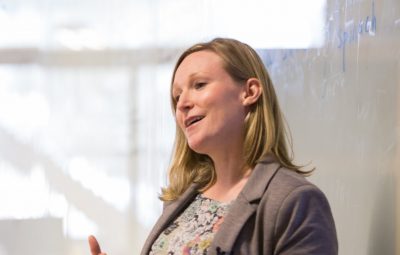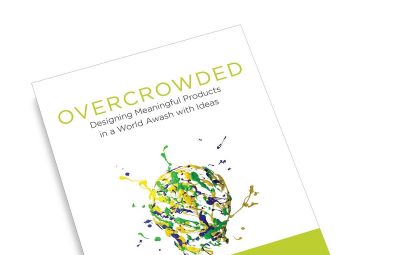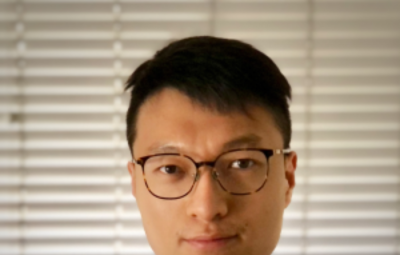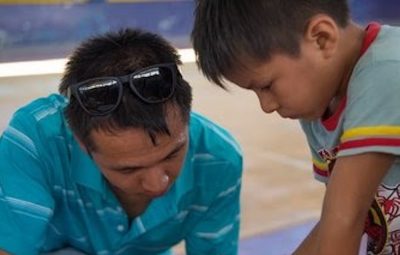Over 90% of industrial and automobile accidents are blamed on human error, with distraction listed as a major cause. Can this be true? Look, if 5% of accidents were caused by human error, I would believe it. But when it is 90%, there must be some other reason, namely, that people are asked to do tasks that people should not be doing—tasks that violate fundamental human abilities.
Consider distraction. This is a negative attribute of people, or so we are told. But think about it—what does this term really mean?
Whenever I wander around a city, I’ll often stop to examine some unique thing I notice. Why? Curiosity—a natural human trait. My curiosity frequently leads me to insights that have helped me in my career. So why is this wonderful, creative trait of curiosity given the negative term “distraction”? Because curiosity can distract us from a prior activity, which under the wrong circumstances can lead to accident or injury…
Click to read the full article on Triton Magazine.






